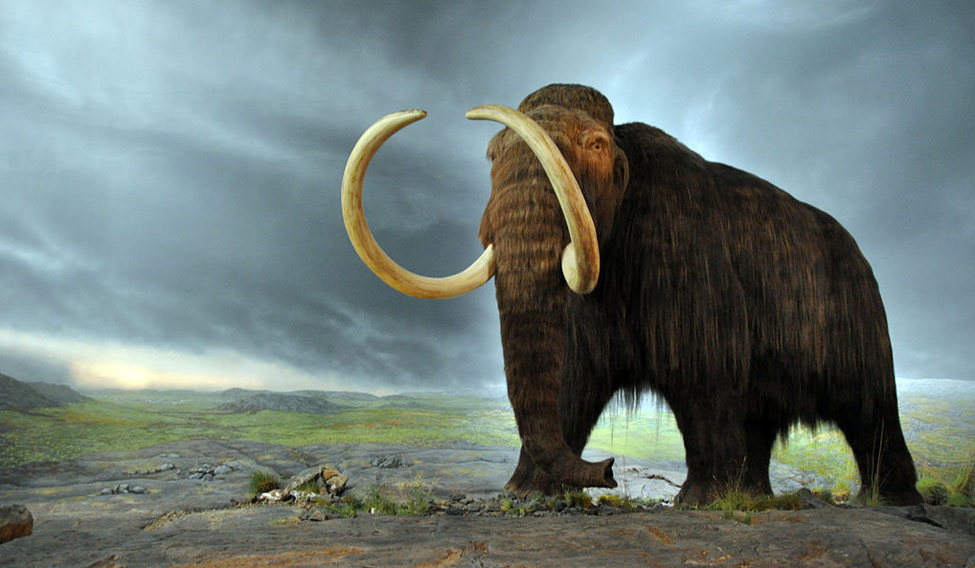Exploring the potential of genetic engineering in unimaginable ways, a team of Harvard University researchers claim to be just couple of years away from bringing back the woolly mammoth, which became extinct 4,000 years ago, in the form of a hybrid embryo.
Launched in 2015, the project led by renowned geneticist Professor George Church, aims to create a mammoth-elephant hybrid embryo by programming mammoth traits into an Asian elephant, the ancient beast's closest descendant. Speaking ahead of the American Association for the Advancement of Science annual meeting in Boston this week, Church reportedly said: "Our aim is to produce a hybrid elephant-mammoth embryo… Actually, it would be more like an elephant with a number of mammoth traits. We’re not there yet, but it could happen in a couple of years.”
According to media reports, the scientists used DNA extracted from the fossils of mammoth that were preserved in Arctic permafrost. Though similar to elephants in many ways, mammoths were adapted to extreme cold conditions of the ice age. The mammoth genes for traits that separate the ancient beast from elephants—shaggy long hair, sub-cutaneous fat, small ears and cold-adapted blood—are spliced into the elephant DNA using the powerful gene-editing tool, CRISPR.
Read about CRISPR, here: All about the gene editing tool
According to media reports, the team, which had stopped the research at cell stage, is now going ahead to create embryos. However, it would still take many years before any serious attempts at producing the live animal, referred to as 'mammophant', are made.
Since the project's inception two years ago, the researchers have increased the number of “edits”, where mammoth DNA has been spliced into the elephant genome, from 15 to 45. “We’re working on ways to evaluate the impact of all these edits and basically trying to establish embryogenesis in the lab,” Church reportedly said.
Church also said that the project has two goals: first, to secure an alternative future for the endangered Asian elephants, and second, to help fight global warming by "helping prevent tundra permafrost from melting and releasing huge amounts of greenhouse gas into the atmosphere".
Going by the fossil record, the woolly mammoth was a commonly found mammal during the last ice age. Mammoth fossils have been discovered on every continent except Australia and South America. Though scientists widely differ on the possible cause of the extinction of mammoths, they seem to agree on gradual extinction of these large herbivores. It is believed that their numbers began to dwindle around 10,000 years ago, before going extinct 4,000 years ago.





